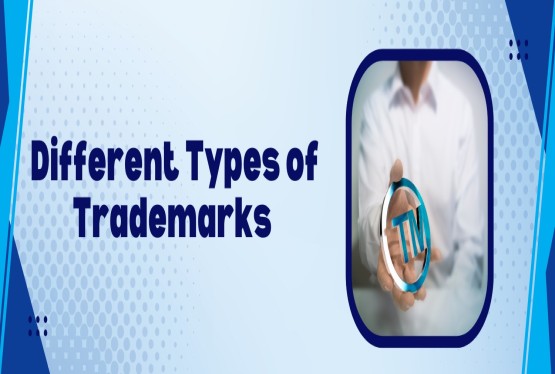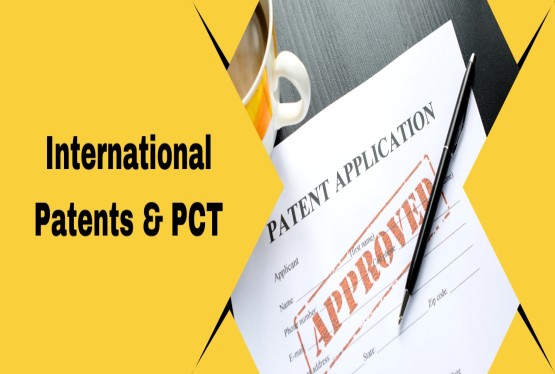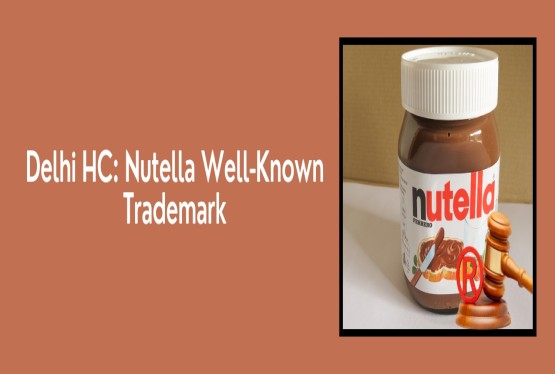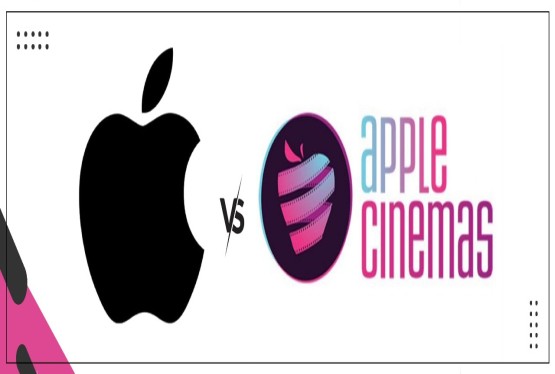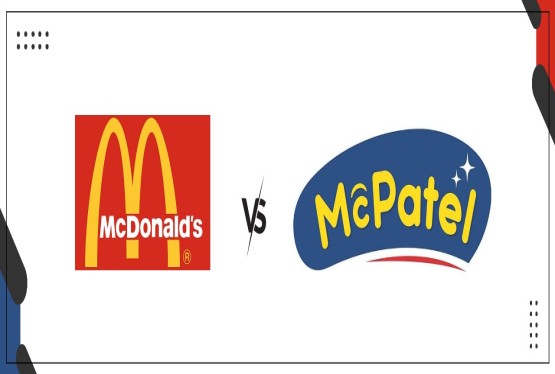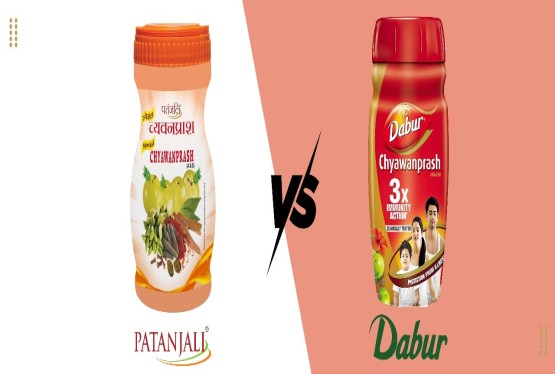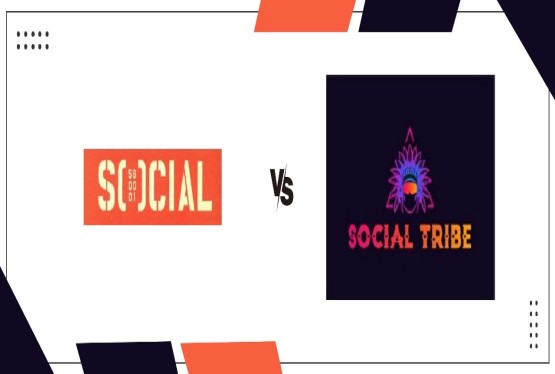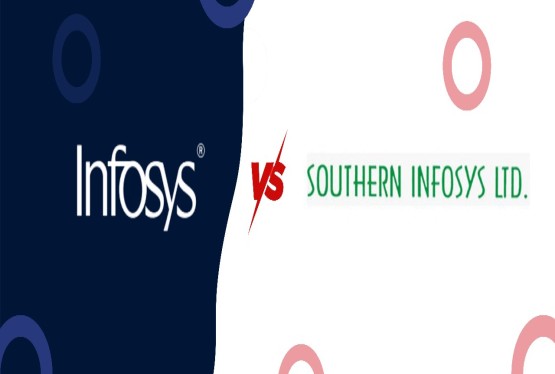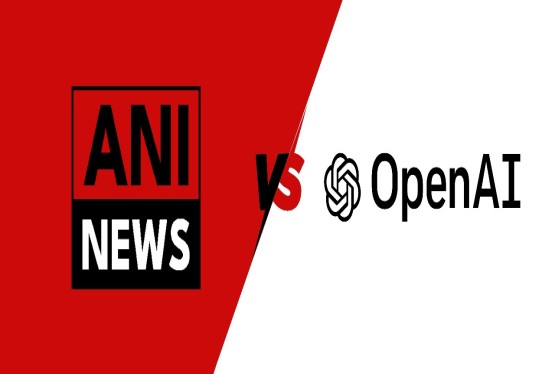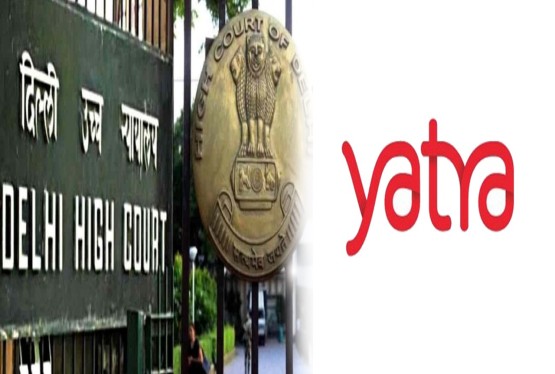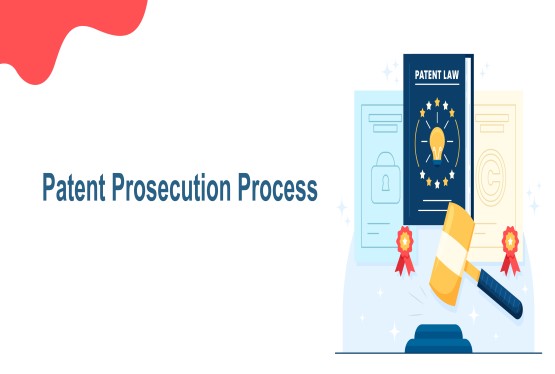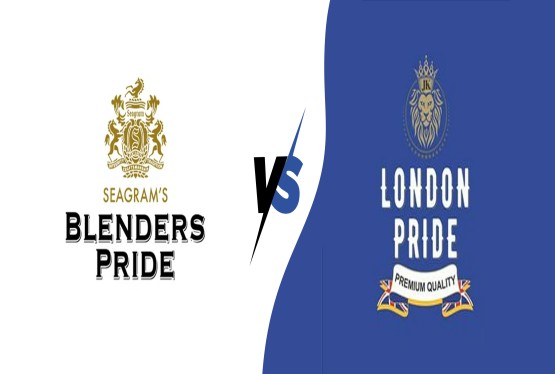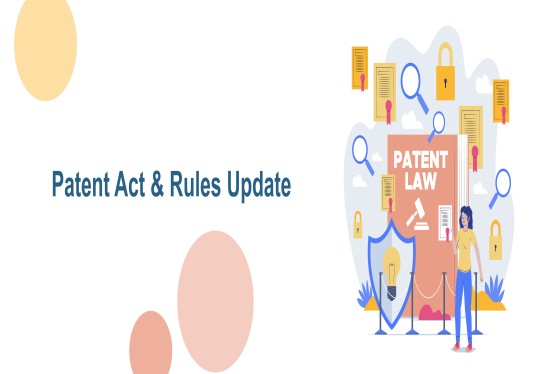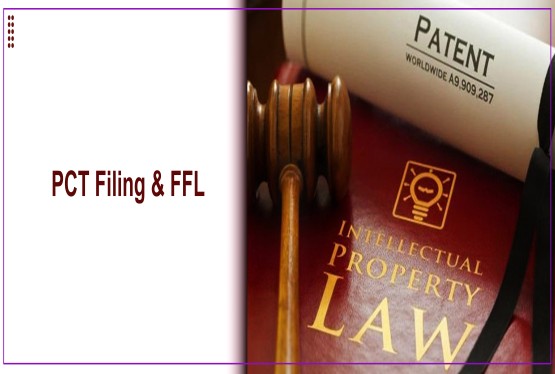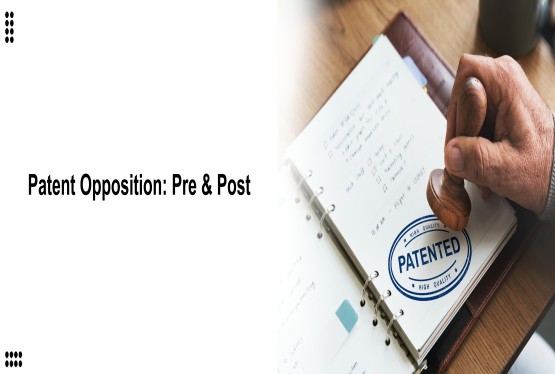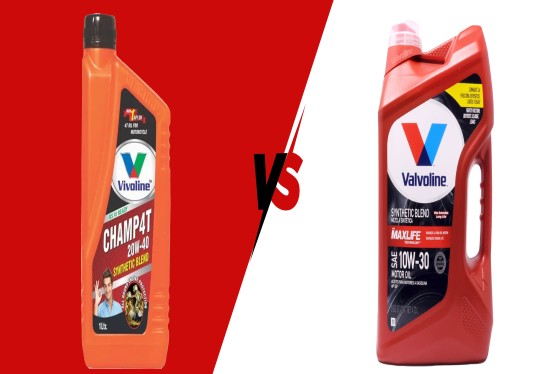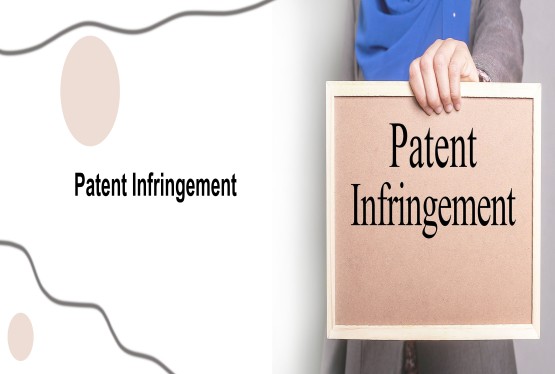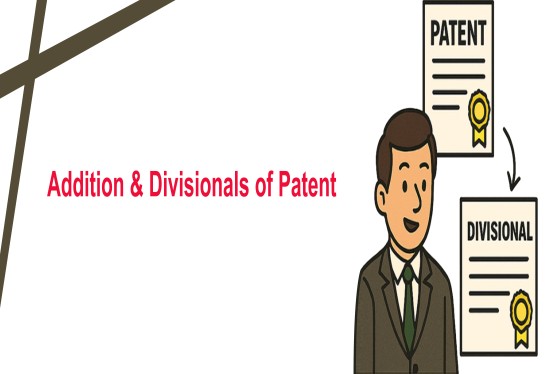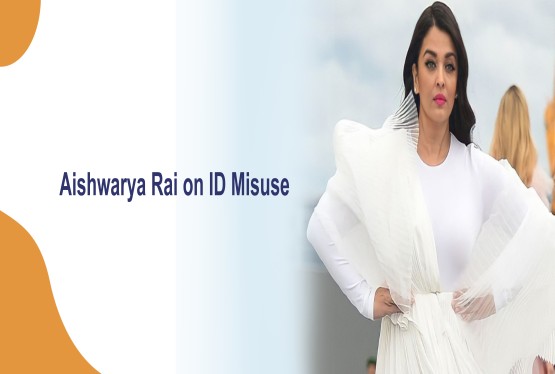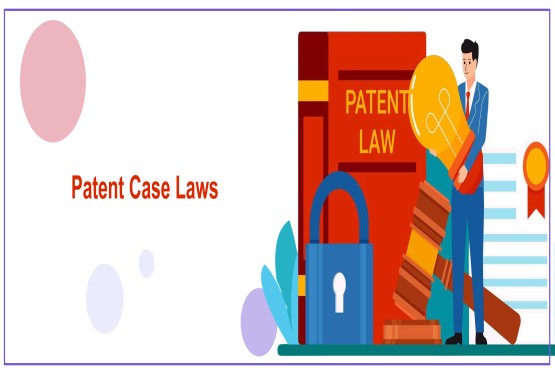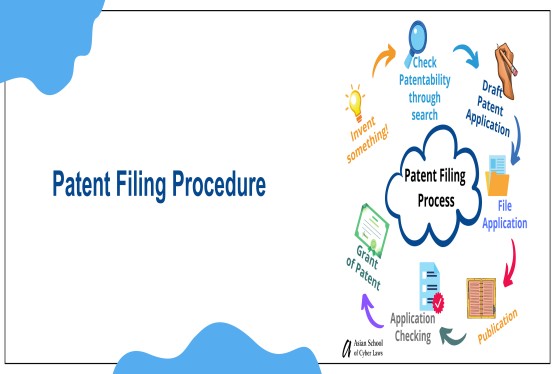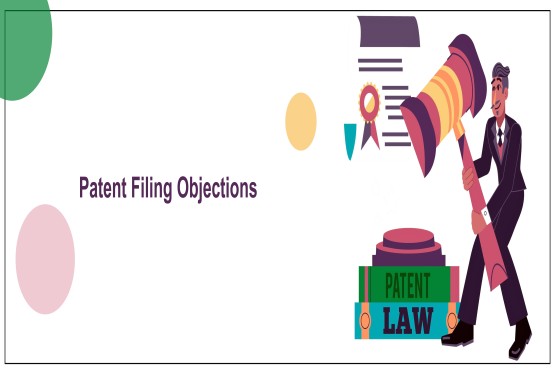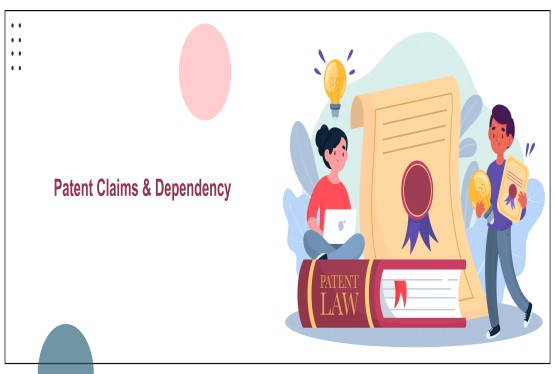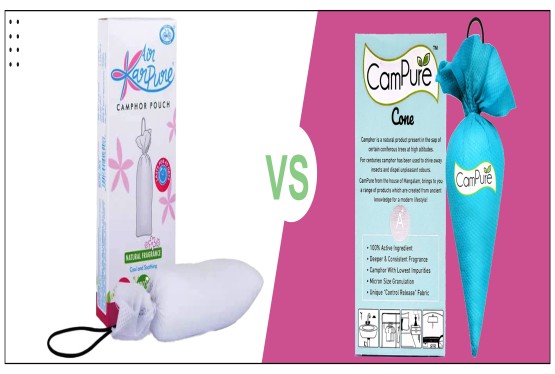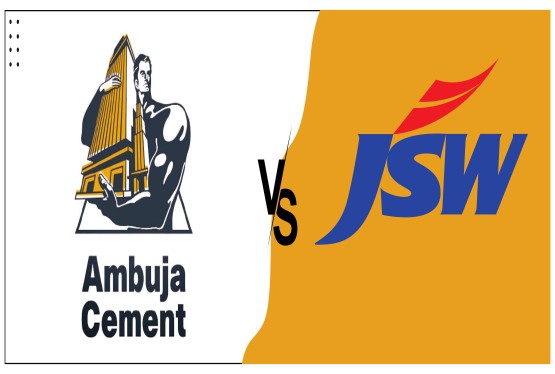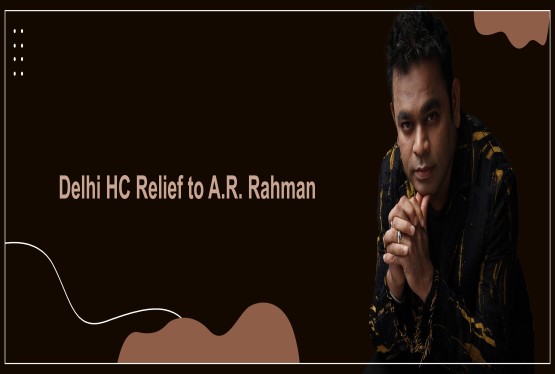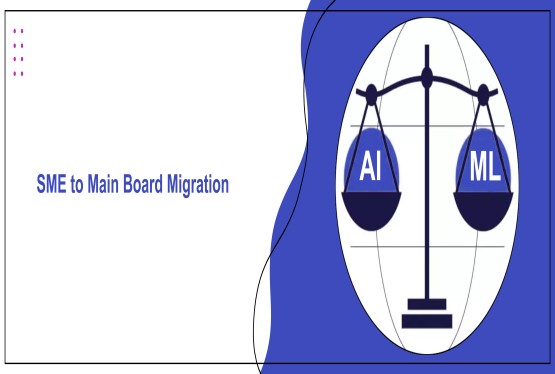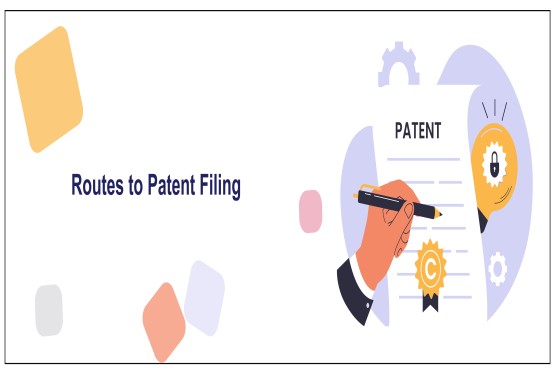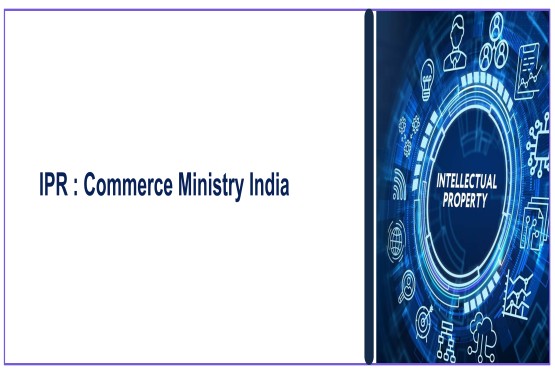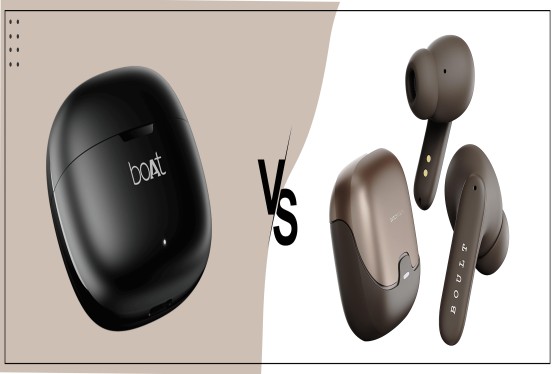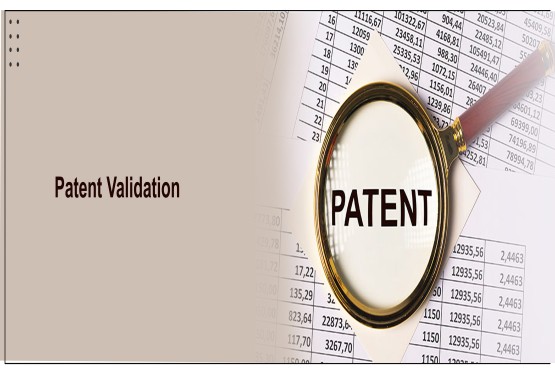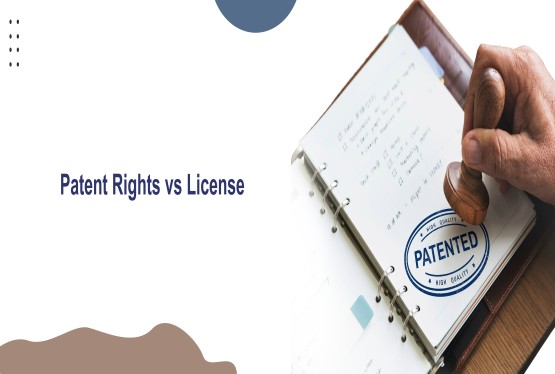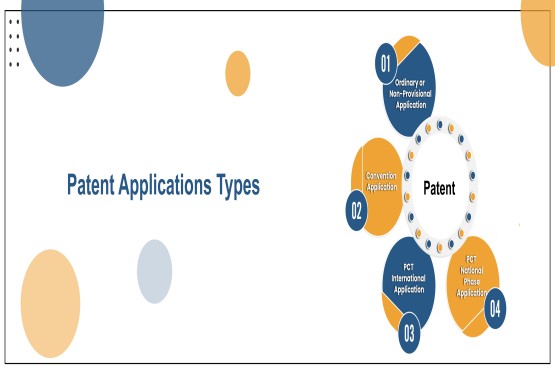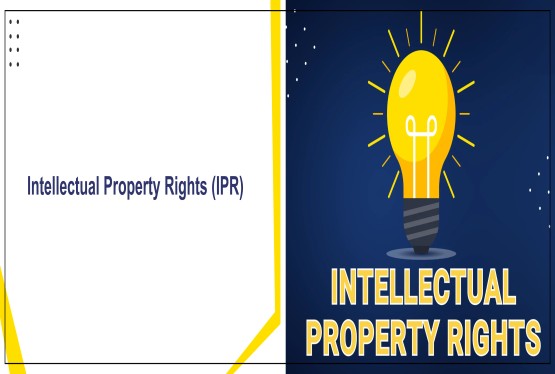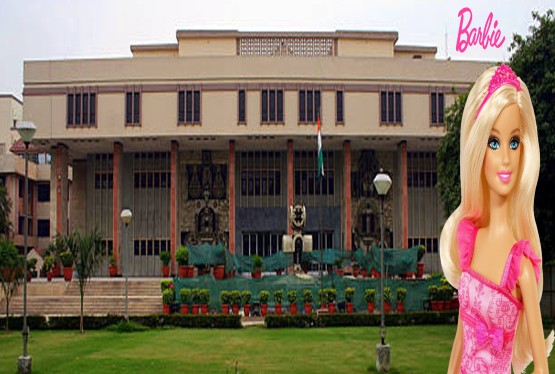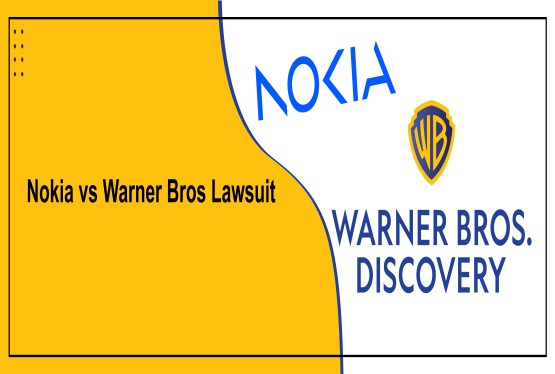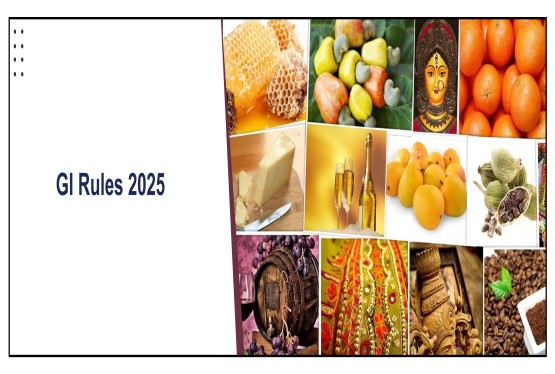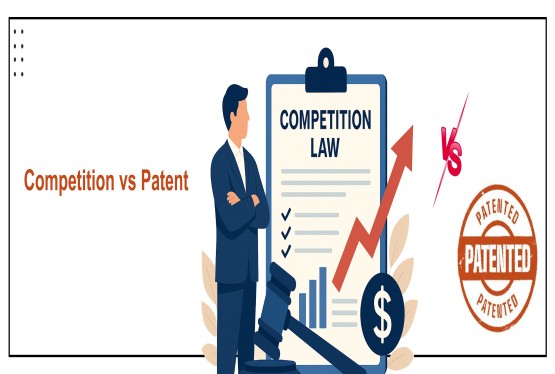A patent is an exclusive legal right granted to an inventor for a novel, useful, and non-obvious invention. It provides the inventor with the right to prevent others from making, using, selling, or importing the patented invention without permission. However, not all innovations qualify for patent protection certain categories are expressly excluded under patent laws worldwide, either for ethical, social, economic, or legal reasons. Such exclusions are called “non-patentable inventions.” They represent ideas, discoveries, or creations that may be valuable or innovative but do not meet the legal definition of an “invention” or are barred from protection due to public policy considerations.
Learn more about Patent Registration.
Non-Patentable Inventions in India
The Indian patent regime is primarily governed by the Patents Act, 1970, particularly Section 3 and Section 4, which outline what does not qualify as a patentable invention.
Section 3 – Non-Patentable Subject Matter
Here are the major categories of inventions excluded under Section 3:
-
Frivolous or Contrary to Natural Laws (Sec 3(a): Inventions that defy established scientific principles or are impossible to work. Example: A perpetual motion machine.
-
Contrary to Public Order or Morality (Sec 3(b): Inventions harmful to public health, environment, or morality. Example: A biological weapon.
-
Mere Discovery of Scientific Principle or Abstract Theory (Sec 3(c): Discovering a natural phenomenon is not patentable unless it leads to a tangible technical application. Example: Discovery of a new planet.
-
Discovery of New Form of Known Substance (Sec 3(d): New forms of known substances without enhanced efficacy are not patentable. Example: Crystalline forms of a known drug without improved efficacy.
-
Mere Arrangement or Rearrangement (Sec 3(f): Simply arranging known devices without a new function is not patentable. Example: A chair with a table attached.
-
Methods of Agriculture or Horticulture (Sec 3(h): Agricultural methods are excluded to avoid monopolies over essential practices.
-
Medical, Surgical, Curative, or Therapeutic Methods (Sec 3(i): Methods of treatment for humans or animals cannot be patented, though medical devices can.
-
Plants, Animals, and Biological Processes (Sec 3(j): Excludes plants and animals (except microorganisms) and essentially biological processes.
-
Mathematical or Business Methods and Computer Programs Per Se (Sec 3(k): Algorithms, business methods, and software without technical application are excluded.
-
Aesthetic Creations (Sec 3(l): Artistic creations are protected under copyright, not patent law.
-
Schemes, Rules, or Mental Acts (Sec 3(m): Rules for playing a game or performing mental tasks are not patentable.
-
Presentation of Information (Sec 3(n): Merely presenting information is excluded.
-
Topography of Integrated Circuits (Sec 3(o): Protected under the Semiconductor Integrated Circuits Layout-Design Act, not patent law.
-
Traditional Knowledge (Sec 3(p): Known traditional knowledge or its aggregation is excluded. Example: Herbal formulations already documented in Ayurvedic texts.
Section 4 – Atomic Energy
Any invention relating to atomic energy is not patentable under Section 4 of the Act.
Non-Patentable Inventions in Other Jurisdictions
Patent laws in major jurisdictions such as the United States, Europe, and Japan have similar exclusions, though with some variations:
United States – USPTO (35 U.S.C.)
-
Abstract ideas, laws of nature, and natural phenomena are not patentable (Mayo Collaborative Services v. Prometheus Laboratories, 2012).
-
Human organisms and surgical methods are excluded.
-
Software and business methods must demonstrate a technical solution to a technical problem.
European Union – EPC (European Patent Convention)
-
Excludes discoveries, mathematical methods, aesthetic creations, schemes, and computer programs per se (Art. 52 EPC).
-
Therapeutic or surgical methods are also excluded.
-
Plant and animal varieties and essentially biological processes are non-patentable under Art. 53(b).
Japan – Japan Patent Act
-
Excludes laws of nature, mental activities, mathematical methods, and inventions contrary to public order or morality.
-
Medical treatment methods and plant/animal varieties are also excluded.
Despite these differences, the core principle is consistent: patents protect human-made inventions that are novel, non-obvious, and industrially applicable, not natural discoveries, abstract ideas, or unethical innovations.
Final Words
Non-patentable inventions form a crucial boundary within intellectual property law, ensuring that patent rights do not overreach into areas of public interest, ethics, or natural phenomena. By excluding certain categories, patent systems worldwide strike a balance between incentivizing innovation and safeguarding public access to fundamental knowledge, traditional wisdom, and essential technologies. For innovators, understanding these exclusions is essential before filing a patent application, as it helps refine their invention to meet patentability criteria and avoid costly rejections.
FAQs
Q1. Can software be patented in India?
Ans. Software “per se” cannot be patented under Section 3(k). However, if it provides a technical solution to a technical problem or is integrated with hardware to produce a tangible result, it may be patentable.
Q2. Why are medical treatment methods excluded from patents?
Ans. To ensure that life-saving treatments remain widely accessible and not restricted by monopolies, most jurisdictions exclude diagnostic, therapeutic, and surgical methods from patent protection.
Q3. Can traditional knowledge ever be patented?
Ans. No. Traditional knowledge, being publicly known or documented, lacks novelty. However, a novel, inventive application or modification of traditional knowledge may be patentable.
Q4. Is a discovery of a new microorganism patentable?
Ans. Naturally occurring microorganisms are not patentable. However, a genetically modified microorganism that shows novelty, inventive step, and industrial applicability may be eligible for patent protection (e.g., Diamond v. Chakrabarty, 1980, USA).

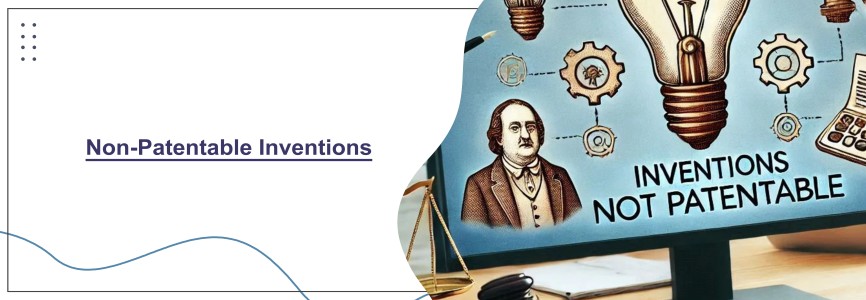




























_(b)_of_the_Trademark_Act,_1999_(1)_crop10_thumb.jpg)



_crop10_thumb.jpg)




























_crop10_thumb.jpg)
_crop10_thumb.jpg)






_crop10_thumb.jpg)








_crop10_thumb.jpg)



_crop10_thumb.jpg)





























_crop10_thumb.jpg)

















_crop10_thumb.jpg)






_crop10_thumb.jpg)












































































































































_crop10_thumb.jpg)




































_crop10_thumb.jpg)












_crop10_thumb.jpg)













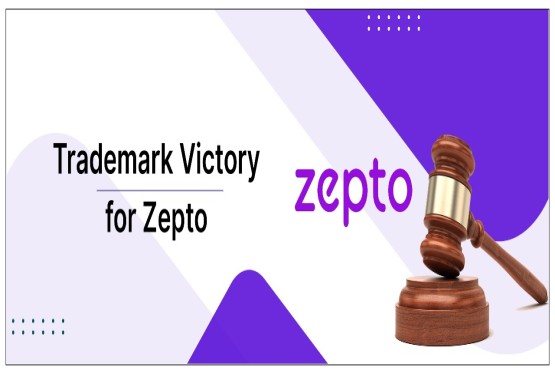




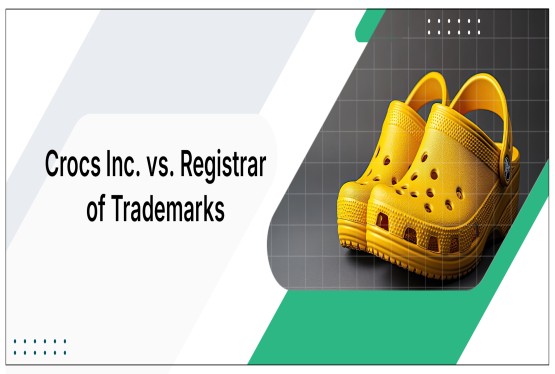















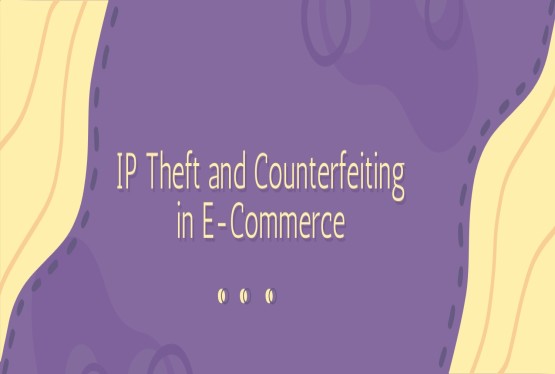












_crop10_thumb.jpg)


















